Saturday, March 14, 2020 was a historic day for education in Mexico. Through an official statement, the Secretariat of Public Education (SEP) informed students and their families that schools would close to reinforce the existing measures of social distancing in response to COVID-19 and in accordance with World Health Organization recommendations.
Mexico began to implement distance education programs such as Aprende en Casa (Learn at Home), where primary and secondary school students can access educational content on television and the internet to continue their learning.
However, due to the lack of internet connectivity in isolated parts of the country, the Aprende en Casa program is not accessible to all students, especially girls. Because of both physical distance to schools and gender norms that keep them at home, they are in the greatest need of distance education programs that can be enjoyed safely.
Free internet access
In the fieldwork that I carry out as an Echidna Global Scholar in the Yucatan Peninsula in the southeast of Mexico, it is common to hear students and parents talk about the lack of access to the internet. A mother once told me, “The teachers assigned them to do research on the internet for their homework, but it is very expensive and is not available in this community.” To put this in context, the cost to rent a computer with internet access is approximately US$0.50 an hour. This is significant when considering that we are talking about rural populations, whose income of approximately US$5 per day comes mainly from subsistence agricultural activities. Although public schools in Mexico have computer equipment available for student use, the farther schools are from urban centers, the more common it is to find this equipment in poor condition or obsolete.
Another student once commented, “I travel to the municipality, go to the park, and there I download information, but in my village there is no signal to even speak of on the phone.” While Mexico increasingly has public spaces with free internet, such initiatives have prevailed more in urban areas, where there is greater access to services, compared to rural environments. But, during this quarantine, the recommendation is to stay home, rendering access to public Wi-Fi infeasible at the moment.
Teachers have used as many means as possible to continue educational programs. In order not to lose contact with students, some are even using social networks where adolescents are more active than on educational platforms.
However, for rural teachers with multiple grades in a classroom, even though they are receiving online instructional support from the SEP, they still cannot engage with their students due to the quarantine. Consequently, regardless of the Aprende en Casa efforts, once again the students of remote rural indigenous communities will see their educational gaps accentuated in comparison with the urban populations.
This is especially the case for rural indigenous girls—studies have shown they are more likely not to return to the classroom after this crisis.
Learning safely at home
On top of this, distance learning assumes that girls are safe to learn from home. However, research from previous pandemics suggests the increasing rates of domestic violence suffered by girls and women can significantly undermine their educational advancement. In the Yucatan Peninsula alone, there has been a 21 percent increase in cases of domestic violence reported since the beginning of the quarantine. The actual rate is probably much higher considering most instances of violence are unreported. Such traumatic events not only represent a threat to girls’ safety inside their homes but also have tremendous effects on their self-esteem. This, together with high rates of adolescent pregnancy and early marriage in the region, only exacerbates the effects of inequality that as a society we will have to face in the years to come.
As the secretariat of public education in Mexico stated at the beginning of the quarantine, global educational trends are moving toward distance learning. Adopting it now will lead the government to consider the measure as a regular mode of teaching. But what I have witnessed in my ongoing work with adolescent girls in the Yucatan Peninsula raises several red flags that must first be addressed. The first is that for distance learning to work for rural indigenous girls, it is necessary to not only provide computer equipment but also to provide free internet access. The second is that efforts must be made to ensure girls living in risky situations are safe to learn in a digital environment.
The Brookings Institution is committed to quality, independence, and impact.
We are supported by a diverse array of funders. In line with our values and policies, each Brookings publication represents the sole views of its author(s).

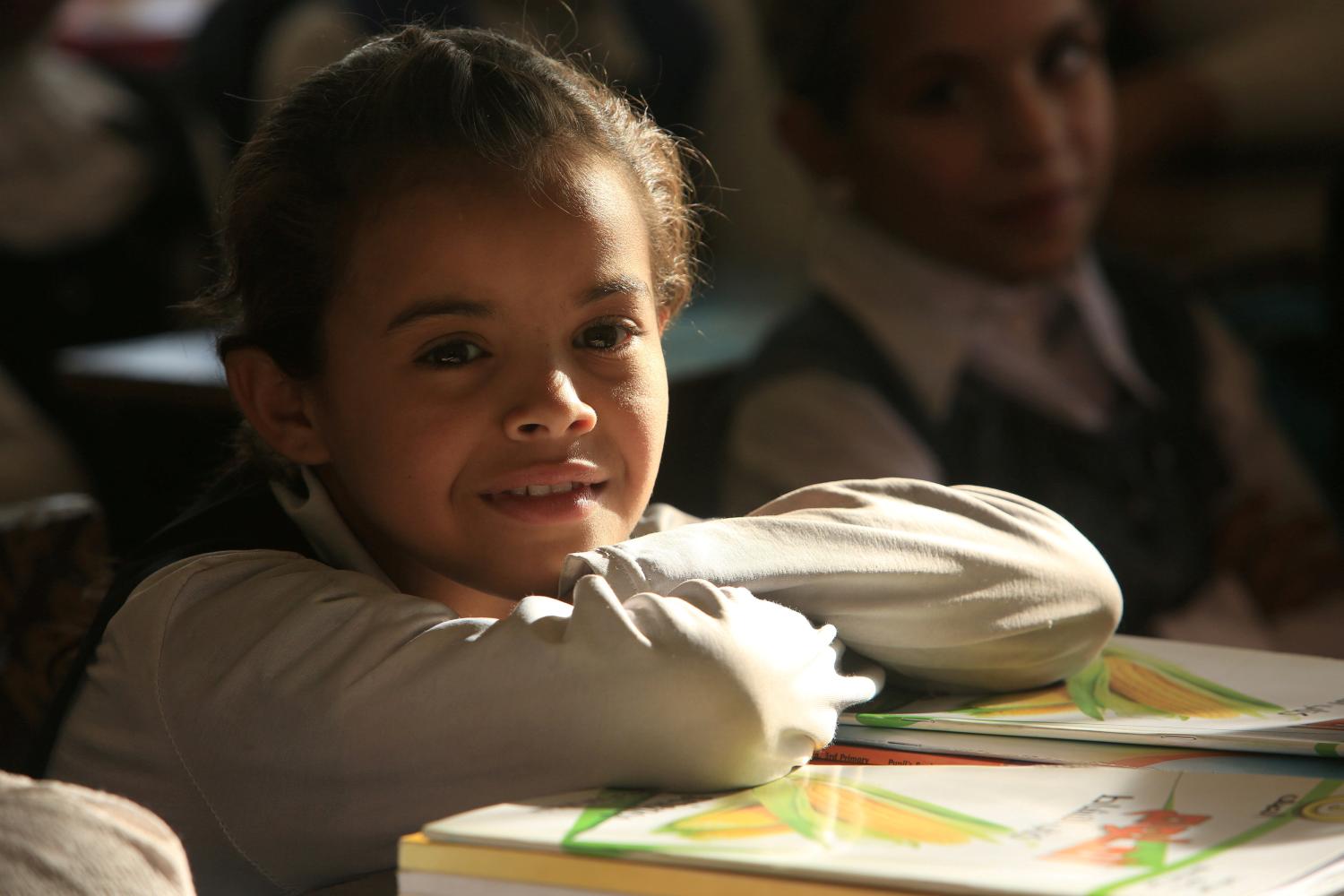
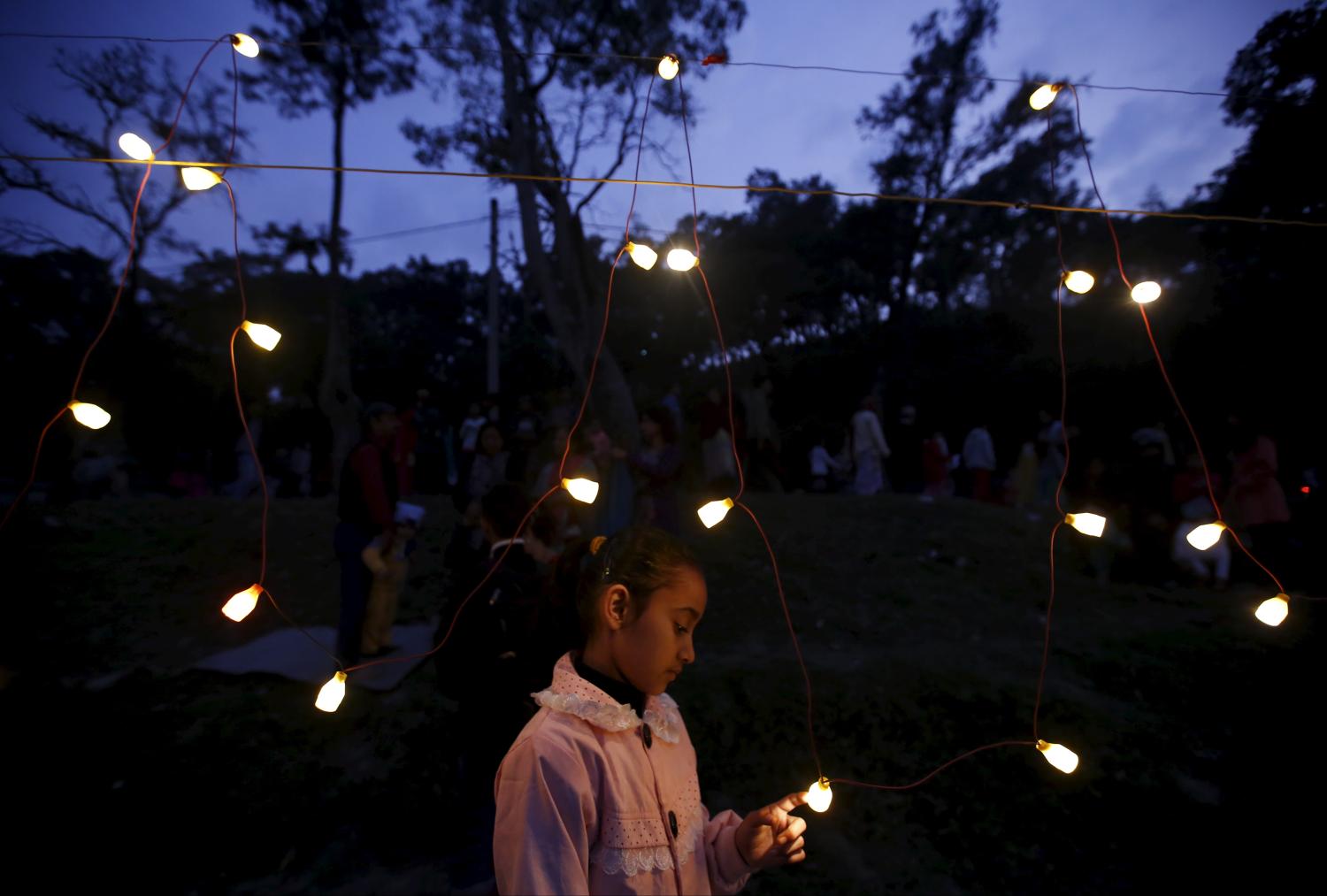
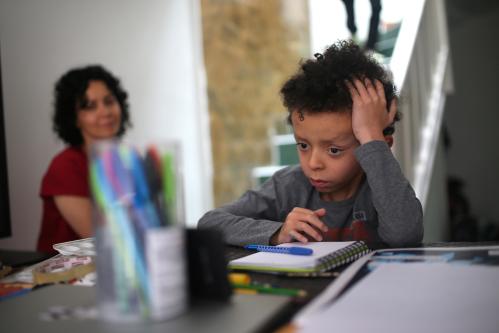
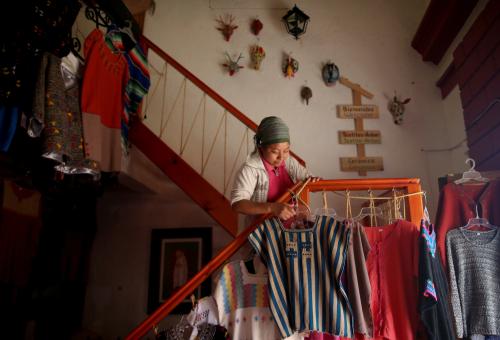
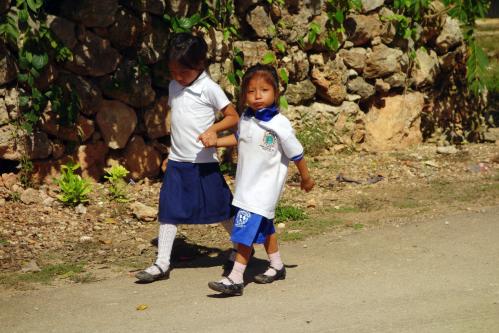




Commentary
Mexico’s COVID-19 distance education program compels a re-think of the country’s future of education
April 21, 2020